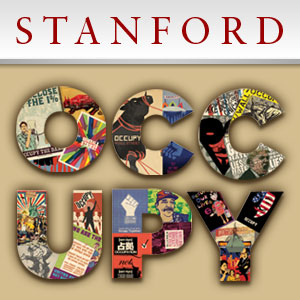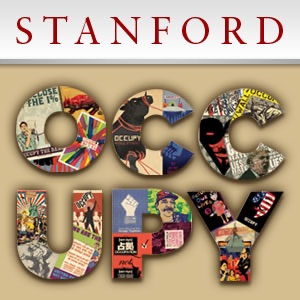Occupy Art: Immigration, Nation, and the Art of Occupation
Subscribed: 0Played: 1
Subscribe
Description
This course consists of film screenings, dialogues, and performances that engage critically with the theme of Occupation across contexts, exploring both the potential and limitations of the art of Occupation. Students engage with some of the most provocative artists, writers, and thinkers of our times to consider the purpose of the arts across diverse communities that engage Occupation in local, transnational and global perspective.
10 Episodes
Reverse
Comments






